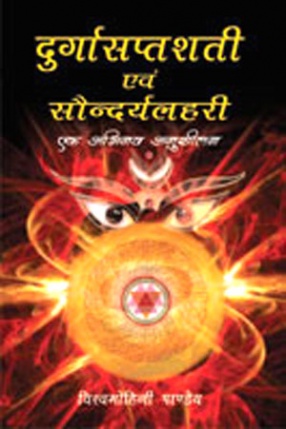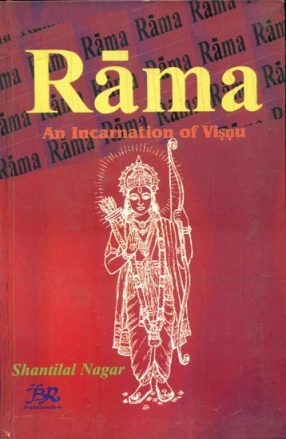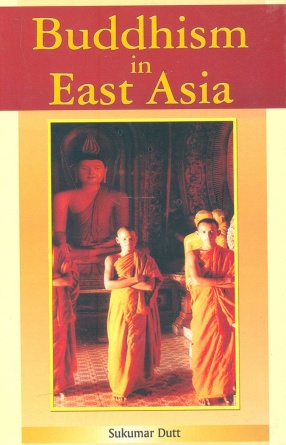Since the inception of Creation, woman has always been adored as a symbol of strength (Shakti) and beauty (Saundarya). In reality, the importance of woman begins in the foremost ancient text of the Rigveda in its Vak Sukta. Upanishads also mention "Usha Devi" as eternally young woman. This trend continues in Puranas too. History of ancient India has been described in Puranas, and sanskriti (culture) shown therein is the sanskriti of a comman man. Markandeya Purana, one of the eighteen Mahapuranas, consists a collection of thirteen chapters in 700 shlokas named Durgasaptashati, depicting that form of Goddess Bhagavati, the Universal Mother, which explores woman's dignity with its constructive power.
In the same tone, Saundaryalahari mentions about Bhagavati who is simply Kundalini, and her depiction as aesthetically beautiful woman is manifested by Shankaracharya. This scripture reveals that the worshipping power inspires us for continuous creation, and discusses about philosophical (Tantric), cultural and literary "trinity." In this deliberation antiquity manifests itself into modernity and ultimately into science. When meaningfulness of "word-Brahman" takes divine form, then it becomes humanity and there itself we realize the concept of Shiva-Shakti. The light of Brahman exists in this world. This exact realisation of Brahma is the subject-matter of this book.
The sources of Indian culture are found in Darshan and Tantra. This expounds the expression of Tantra philosophy in the comparative appreciation of Durgasaptashati and Saundaryalahari. This book appreciates poetry, culture and literature and at the same time, there is also beautiful assimilation of aesthetic sense, Tattva-Darshan and literature.





There are no reviews yet.